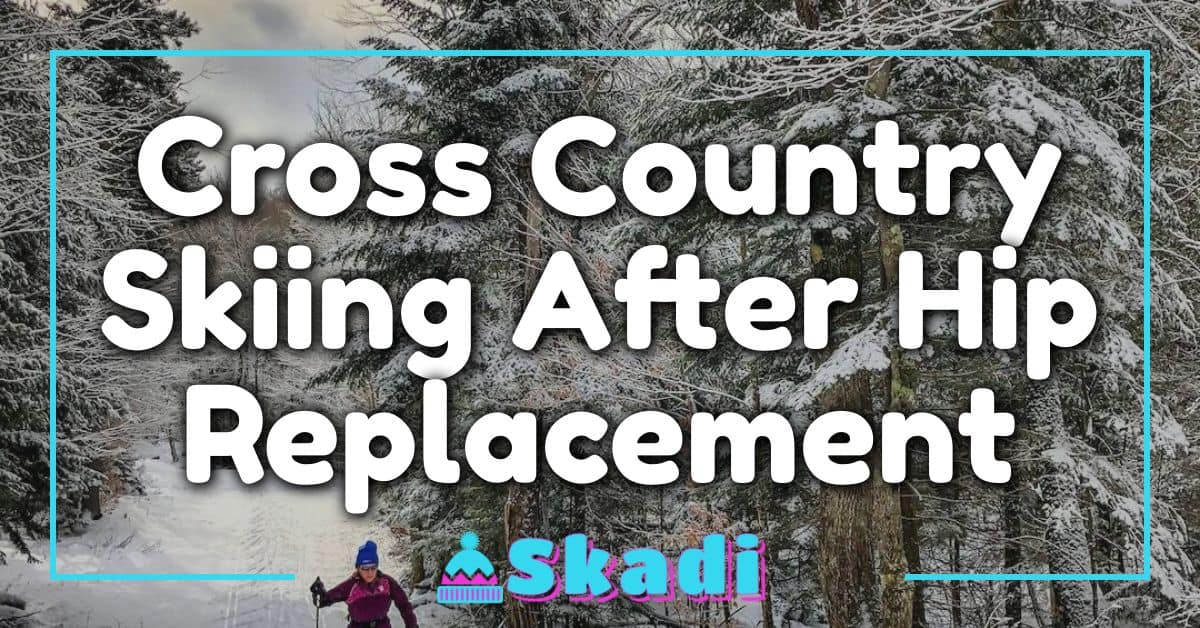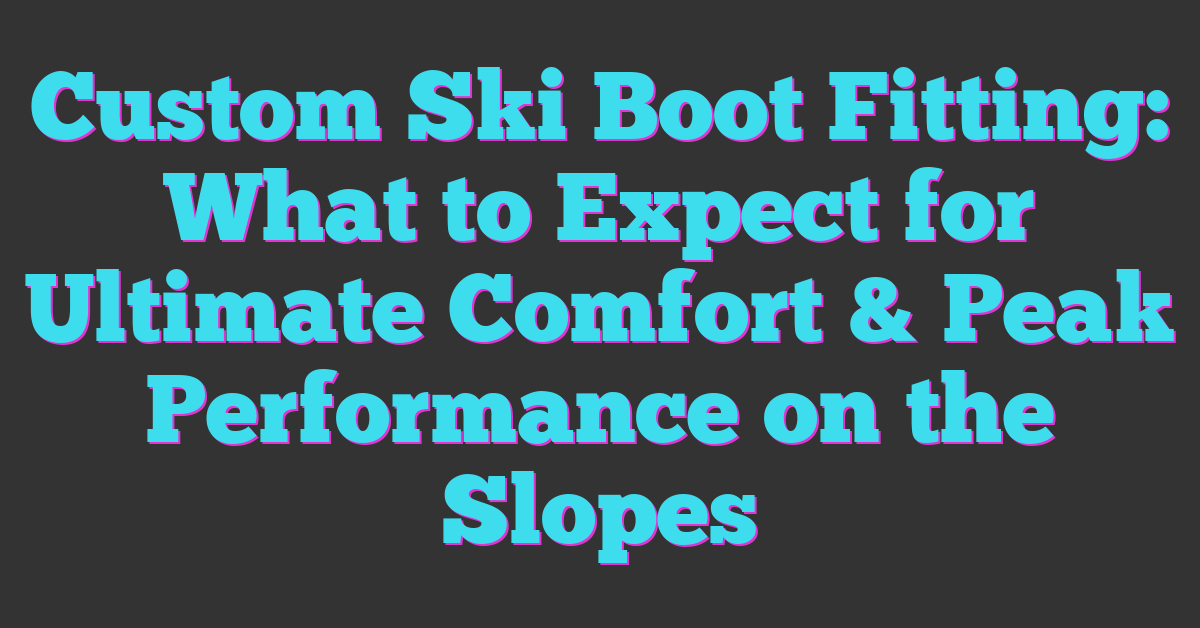After an exciting day carving down the slopes you might feel tired but don’t skip your cool-down stretches. Taking a few minutes to stretch helps your muscles recover and reduces soreness so you can hit the mountain again feeling great.

Cool-down stretches also improve your flexibility and prevent injuries by loosening up tight muscles after snowboarding. Whether you’re a beginner or a seasoned rider adding these stretches to your routine can make a big difference in how your body feels the next day.
In this article you’ll discover simple stretches designed specifically for snowboarders. These moves will help you relax and recover so your body stays strong and ready for your next adventure.
Importance of Snowboarding Cool-Down Stretches
After a high-energy day carving through fresh powder, your muscles deserve more than just rest. Cooling down with targeted stretches helps your body recover faster and stay ready for your next ride.
Benefits for Muscle Recovery
You speed up muscle repair and reduce stiffness by stretching key muscle groups used in snowboarding, like your quads, hamstrings, and lower back. These stretches increase blood flow, flushing out lactic acid that builds up during strenuous runs. You keep your joints lubricated and your muscles supple, which makes standing up or climbing back on your board easier the next day.
Preventing Injuries After Snowboarding
You lower your risk of strains, sprains, and soreness by loosening tight muscles immediately after snowboarding. Tight muscles can pull or tear when you least expect it, especially after a long day on the slopes. Stretching balances muscle tension around your knees, hips, and ankles—areas vulnerable to injury during dynamic moves and landings. You maintain your range of motion and promote muscle symmetry, essential for avoiding overuse injuries and staying on top of your game.
Key Muscle Groups to Focus On
Focusing on the right muscle groups after snowboarding helps you recover faster and keeps your body ready for the slopes. Target these key areas to ease tension and boost flexibility.
Legs and Glutes
Your legs and glutes take the brunt of snowboarding effort. Pay special attention to your quadriceps, hamstrings, calves, and glute muscles. Stretching your quads loosens the front of your thighs, while hamstring stretches prevent tightness in the back. Calf stretches improve ankle mobility, a must for carving turns. Glute stretches relieve hip tension and support stable landings. Including lunges, hamstring reaches, and seated calf stretches works wonders here.
Back and Core
Your back and core stabilize your movements on the board and absorb shocks. Focus on your lower back muscles, spinal erectors, and abdominal muscles. Gentle spinal twists and cobra stretches open your spine and ease compression from constant crouching. Plank stretches lengthen your core and improve balance. Keeping these muscles flexible protects your posture and keeps you strong during every ride.
Shoulders and Arms
Snowboarding demands strong shoulders and arms for balance and control. Loosen your deltoids, triceps, and forearms with gentle overhead stretches and arm circles. These help reduce stiffness from grabbing edges or using poles to steady yourself. Shoulder rolls and cross-body arm pulls release tension, so you won’t feel tightness or fatigue when you’re back in action.
Targeting these muscle groups in your cool-down routine keeps your body agile and ready for your next snowy adventure.
Effective Snowboarding Cool-Down Stretches
Cool-down stretches help you recover faster and keep your body ready for your next ride. Focus on these key stretches to release tension and improve flexibility after hitting the slopes.
Hamstring Stretch
Start by sitting on the ground with one leg extended and the other bent inward. Reach toward your toes on the extended leg, keeping your back straight. Hold for 20-30 seconds, then switch legs. This stretch eases tight hamstrings, which work hard when you flex and balance on your board.
Quadriceps Stretch
Stand tall and grab one ankle behind you, pulling it gently toward your glutes. Keep your knees close and hips aligned. Hold for 20-30 seconds, then repeat on the other side. This stretch targets your quads, helping to reduce stiffness after constant bending and absorbing impacts on jumps.
Lower Back Stretch
Lie on your back and pull both knees toward your chest. Wrap your arms around your shins and hold for 20-30 seconds. This move releases tension in your lower back, which often tightens from the twisting and flexing during snowboarding.
Shoulder Stretch
Extend one arm across your chest and use the opposite hand to press it closer to your body. Hold the position for 20-30 seconds, then switch arms. This stretch loosens shoulder muscles that stabilize your upper body while steering and balancing.
Hip Flexor Stretch
Step one foot forward into a deep lunge, keeping the back leg straight and hips square. Press hips gently forward and hold for 20-30 seconds, then swap legs. Snowboarding heavily uses hip flexors to maintain stance and absorb bumps, so this stretch helps reduce tightness and improve your range of motion.
Tips for a Successful Cool-Down Routine
You want your cool-down routine to help your body recover fully and prepare for your next session on the slopes. Follow these tips to stretch effectively and maximize your recovery.
When and How Long to Stretch
Start your cool-down stretches within 10 to 15 minutes after finishing snowboarding to prevent muscle stiffness. Spend about 15 to 20 minutes stretching all the crucial muscle groups, focusing more time on tight areas like your quads and lower back. Stretch consistently each session to build flexibility and reduce soreness over time.
Breathing and Technique
Use deep, steady breaths during each stretch to increase oxygen flow and relax your muscles. Inhale through your nose and exhale slowly through your mouth while holding stretches. Avoid bouncing or forcing movements; hold each stretch gently for 20 to 30 seconds to let your muscles adapt and lengthen safely. Keep your posture aligned to target the intended muscle groups fully and prevent strain.
Conclusion
Taking the time to cool down with stretches after snowboarding can make a big difference in how your body feels the next day. It helps you stay flexible, reduces soreness, and keeps your muscles ready for your next run.
By making these stretches a regular part of your routine, you’re giving your body the care it needs to recover and perform at its best. So, next time you hit the slopes, don’t skip the cool-down — your muscles will thank you!
















